The “Great Depression” is the term used for a severe economic recession which began in the United States in 1929. By 1933, nearly 15 million Americans were unemployed.
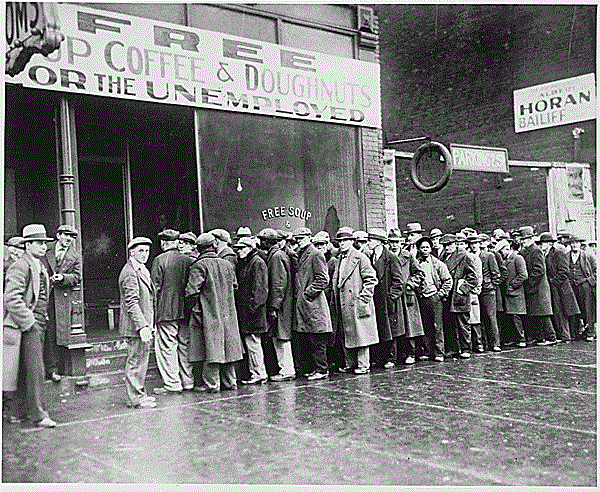
The stock market on Wall Street crashed on October 29, 1929, a pivotal contribution to the Great Depression — a decade-long economic catastrophe. By 1933, nearly 13 million Americans were unemployed.
Item View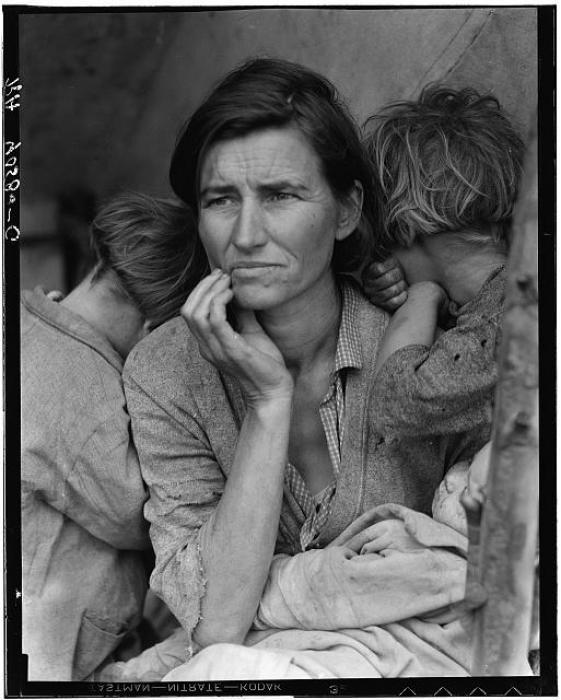
This photograph, taken by Dorothea Lange, shows Florence Owens Thompson and her children in February or March of 1936 in Nipomo, California. Lange recounted later, "...There she sat in that lean-to tent with her children huddled around her, and seemed to know that my pictures might help her, and so she helped me. There was a sort of equality about it."
Item View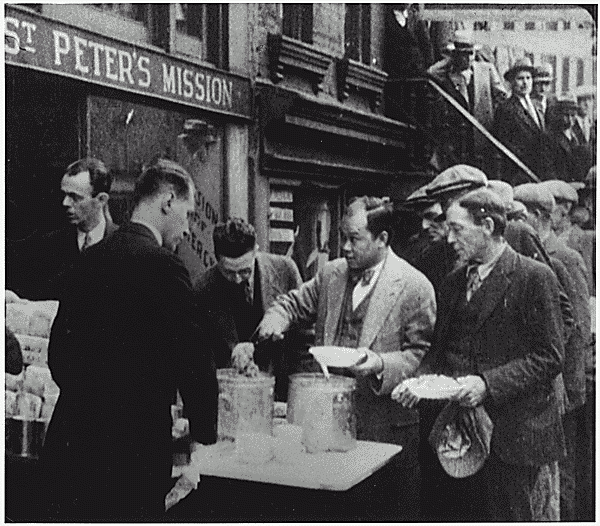
In the absence of substantial government relief programs during 1932, free food was distributed with private funds in some urban centers to large numbers of the unemployed
Item View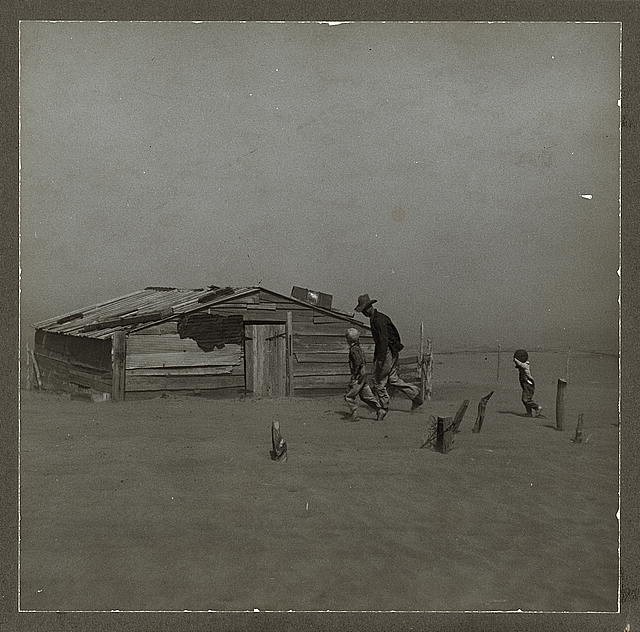
The Southern Plains region of the United States suffered severe drought resulting in catastrophic dust storms during the 1930s. It came be be known as the "Dust Bowl." With the destruction of crops, farmers lost their means of income. The Dust Bowl amplified the economic impacts of the Great Depression, forcing many farming communities to migrate for better living conditions and work.
Item View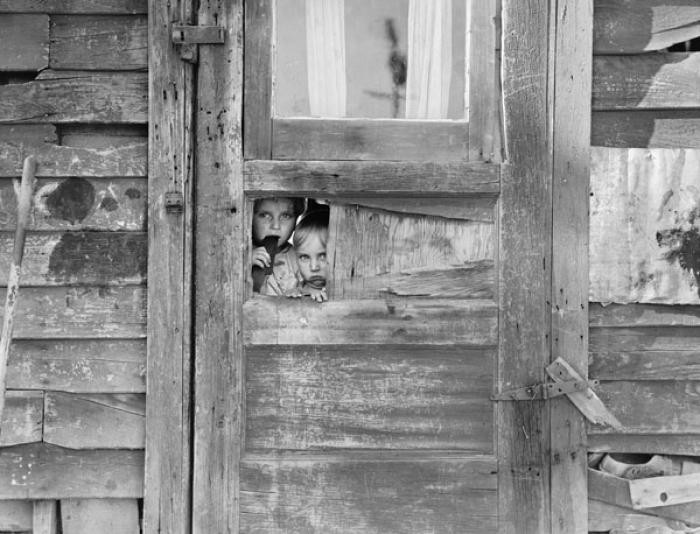
"Between Weedpatch and Lamont, Kern County, California. Children living in camp" by Dorothea Lange, April 20, 1940.
Item View
We would like to thank Crown Family Philanthropies, Abe and Ida Cooper Foundation, the Claims Conference, EVZ, and BMF for supporting the ongoing work to create content and resources for the Holocaust Encyclopedia. View the list of donor acknowledgement.